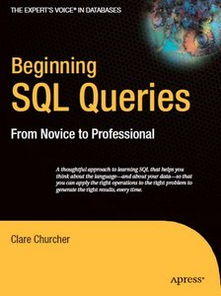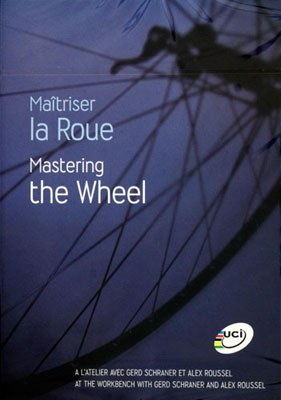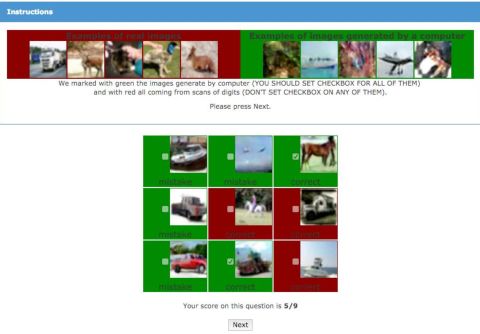Mastering the Art of Catching Fish with the Shrimp Baits: Techniques for Successful Angling in Ponds Overflowing with Shrimp
Introduction: Angling has always been a popular activity among fishing enthusiasts. One of the most effective and exciting techniques for catching fish is using shrimp baits. If you find yourself in a pond teeming with shrimp, you're in luck! This article will provide you with detailed techniques and tips on how to successfully fish with shrimp baits in a pond filled with shrimp. So, let's dive into the world of shrimp bait fishing and unlock the secrets to a successful catch!
Choosing the Right Shrimp Bait: The first step in shrimp bait fishing is selecting the right bait. While there are various types of shrimp baits available in the market, it's crucial to choose one that appeals to the fish species you're targeting. Here are a few popular shrimp baits:
a. Live Shrimp: Live shrimp are the most effective bait as they are highly attractive to fish. However, they can be challenging to keep alive and may require additional equipment like a bait tank.
b. Dead Shrimp: Dead shrimp are easier to handle than live ones and can be found in most tackle shops. They are also effective in attracting fish.
c. Artificial Shrimp Baits: Artificial shrimp baits are an excellent choice for anglers who prefer not to use live or dead shrimp. These baits mimic the appearance and movement of real shrimp, making them highly effective.
Choosing the Right Fishing Gear: To maximize your chances of success, it's essential to have the right fishing gear. Here are some essential items you'll need:
a. Rod and Reel: Choose a rod and reel suitable for the type of fish you're targeting. A medium-heavy rod and reel combination is generally recommended for shrimp bait fishing.
b. Line: Use a monofilament line with a breaking strength of 8-12 pounds. This will provide enough strength to handle the fish without snapping the line.
c. Leader: A leader of 6-12 inches with a breaking strength of 10-15 pounds is ideal for shrimp bait fishing. This leader will protect your main line from abrasion and potential snags.
d. Hooks: Select hooks with a size that matches the size of the shrimp bait you're using. For live shrimp, use a size 2-4 hook, while for artificial baits, size 4-6 hooks are sufficient.
Finding the Perfect Spot: In a pond overflowing with shrimp, finding the perfect spot is crucial. Here are a few tips to help you locate the ideal fishing spot:
a. Look for Areas with Shrimp: Shrimp are typically found in areas with abundant vegetation, such as reeds, lily pads, or underwater structures. These areas provide cover and food for shrimp, making them hotspots for fish.
b. Check the Pond's Edges: The edges of a pond, especially near reeds or brush, are often prime locations for shrimp and, consequently, fish.
c. Observe the Pond's Current: If the pond has a current, fish tend to congregate in areas where the current is slower, such as near the edges or around underwater structures.
Presenting the Shrimp Bait: Once you've found the perfect spot, it's time to present the shrimp bait effectively. Here are a few techniques to consider:
a. Trolling: Trolling is a popular technique for shrimp bait fishing. Attach the shrimp bait to your leader and slowly retrieve it through the water. This mimics the natural movement of shrimp and can trigger fish to strike.
b. Still Fishing: Still fishing involves casting the shrimp bait into the water and letting it sit motionless. This technique is particularly effective when fish are feeding on shrimp in the pond.
c. Jigging: Jigging involves bouncing the shrimp bait up and down in the water column. This action can entice fish to strike by mimicking the movement of shrimp struggling against a current.
Mastering the Art of Reeling: Reeling in the shrimp bait is an essential skill for successful shrimp bait fishing. Here are a few tips to help you master this technique:

a. Keep a Slow Pace: When reeling in the shrimp bait, maintain a slow and steady pace. This allows the bait to move naturally through the water and reduces the chances of spooking fish.
b. Pay Attention to the Line: Keep an eye on your line for any signs of a bite. If you feel a sudden pull or a change in the line's tension, set the hook immediately.
c. Be Patient: Shrimp bait fishing can be a bit unpredictable. Be patient and wait for the fish to bite. Sometimes, the best catches come after a period of waiting.
Conclusion: Shrimp bait fishing can be a thrilling and rewarding experience, especially in a pond filled with shrimp. By following the techniques and tips outlined in this article, you'll be well on your way to mastering the art of shrimp bait fishing. Remember to choose the right bait, gear, and fishing spot, and practice the various techniques to improve your chances of success. Happy fishing!












